There are so many animals that need to be saved in our world.
But not all desperate animals are locked up in cages and left to sit in shelters. Many are endangered species that live in the wild and are fighting for survival every single day.
Take the tapir, for example. This species used to roam freely in the grasslands of Central and South America, but today, the hoofed mammal has to rely on conservationists for its survival.
Similarly, many species in the Oceanic region are facing encroaching dangers, whether they are native to wildlife or man-made.
The unbelievably adorable quoll is such a species — the tiny mammal is on the brink of extinction, and has to routinely compete with many smaller-size animals for food.
Luckily, there are many charity groups out there that are devising ways to help save these precious animals.
Read further to discover more about this intriguing, unique species. Let us know your thoughts on animal conservation in the comments section below!
A most curious species lives scattered throughout the island regions of the tropical Pacific Ocean. Most of us have likely never heard of this intriguing creature before — until now.
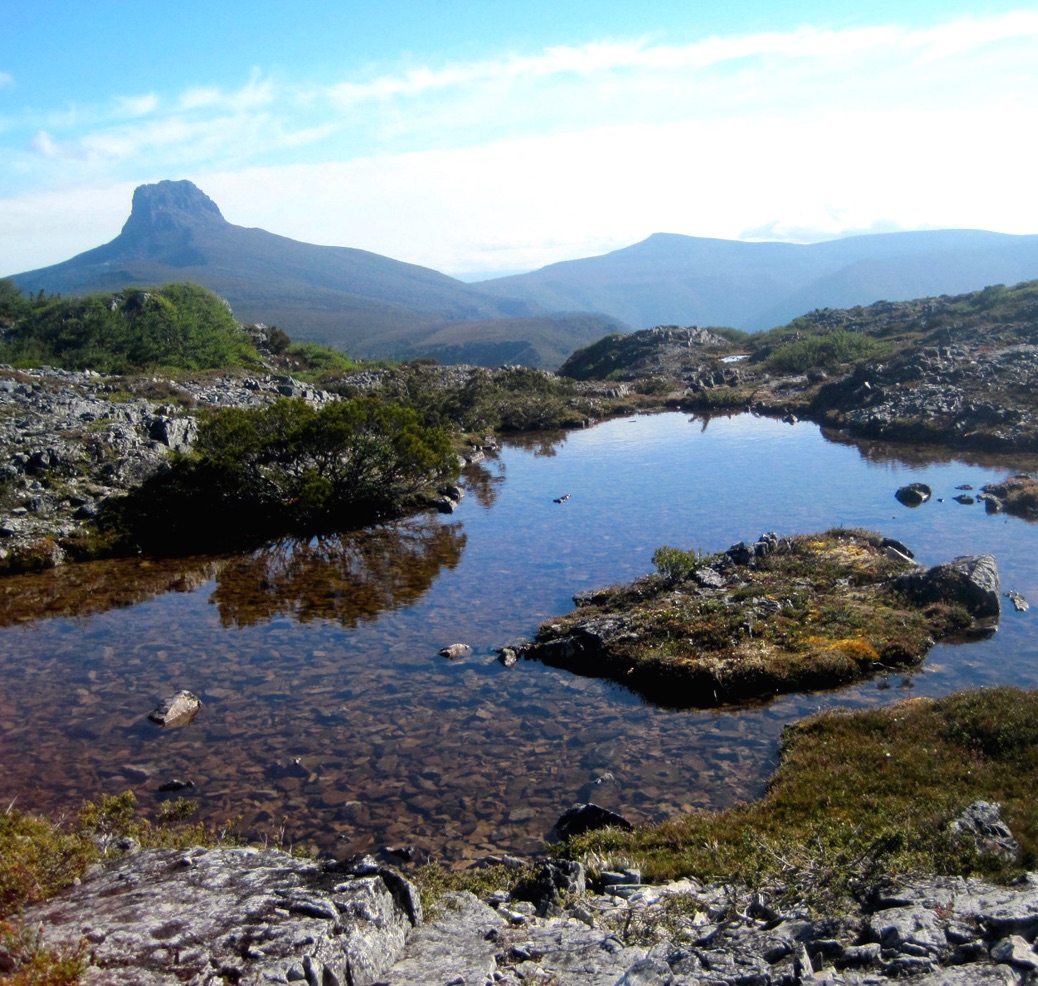
This is the quoll — a marsupial that is native to Australia, New Guinea, and Tasmania. The nocturnal species spends most of its days living in the den, and hunts smaller mammals, small birds, insects, and lizards for food.
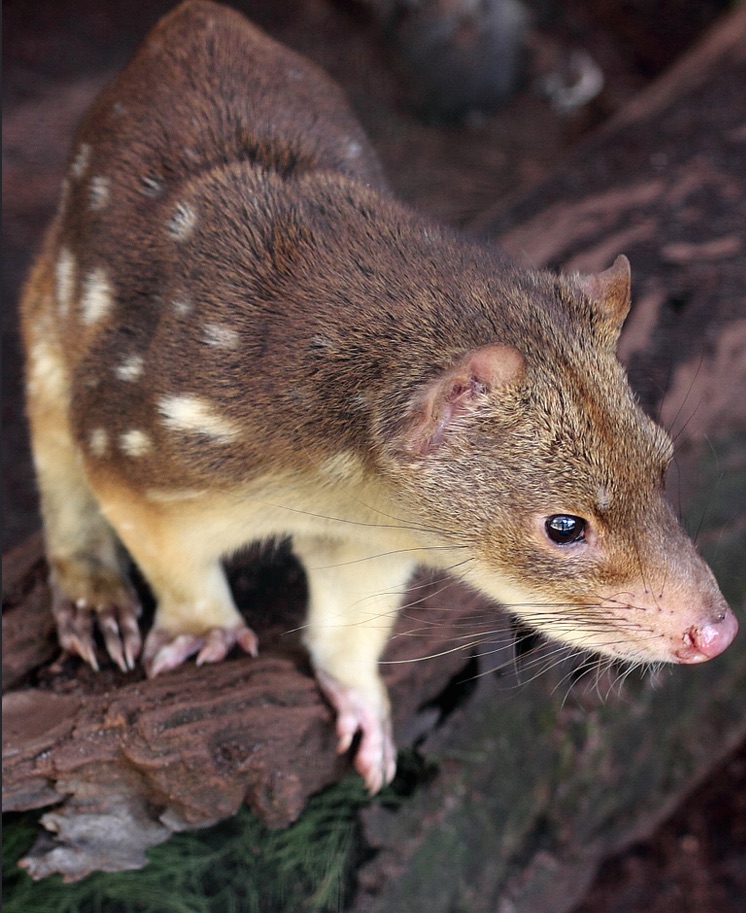
The quoll first lived on Earth some 15 million years ago, and has since diverged into six different species. Quolls can weigh from a mere 11 oz. to 15 lbs., and have brown or black fur and pink noses.
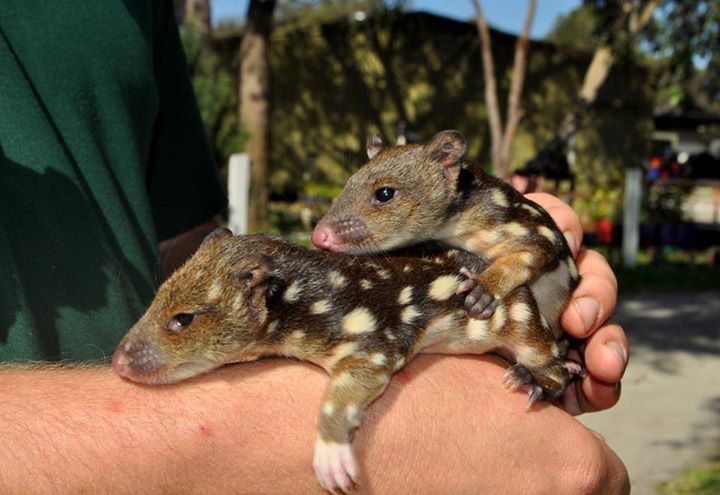
Perhaps the most incredible aspect of the quoll is its spotted fur coat — very few animals of the same size have the same polka-dot-like markings on their bodies.
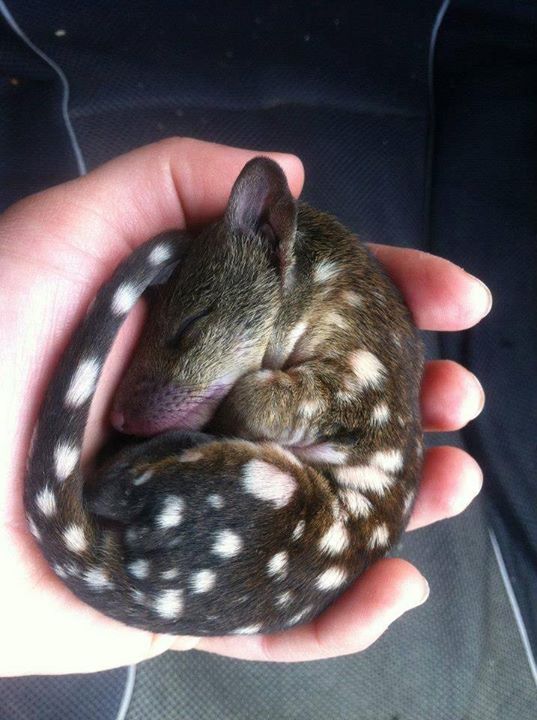
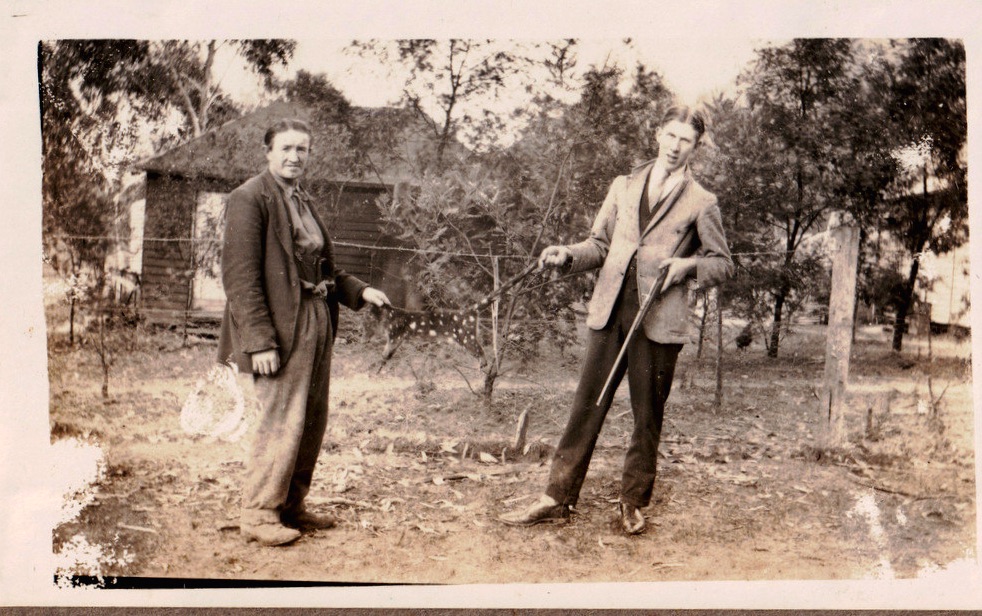
While quolls have come a long way since the birth of their species, they still face daily challenges. Every since Australasia was colonized by the Europeans in the 17th and 18th centuries, the quoll population has dwindled significantly, and has even come close to extinction.
Other things continuously threaten the quoll’s survival, including prowling predators, urban development, and poison baiting.
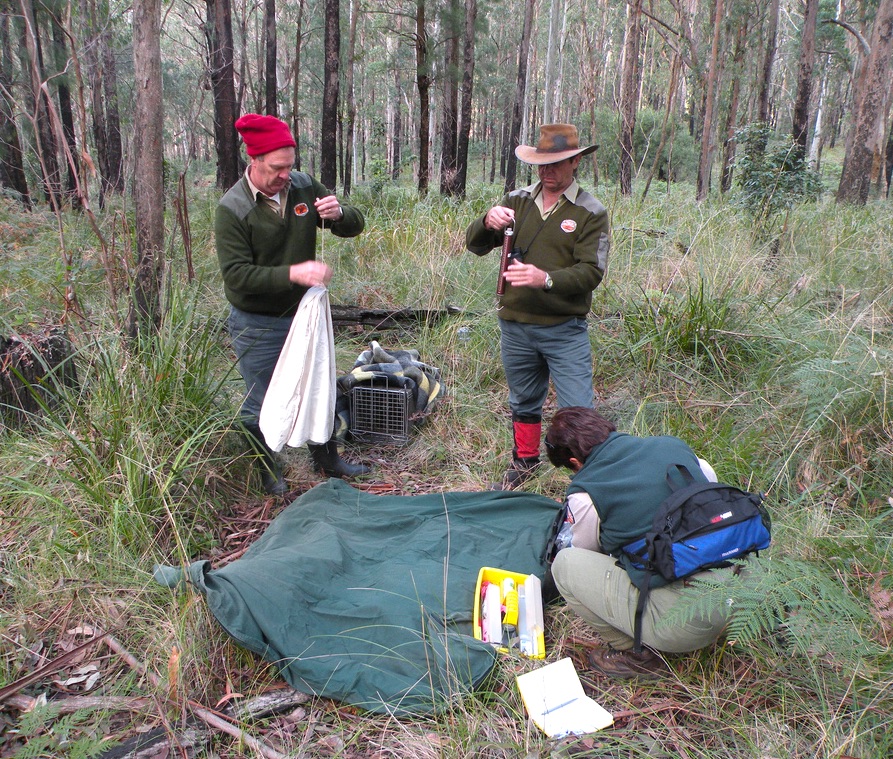
However, the quoll’s biggest threat by far is the feral cat population. Amongst many other reasons, this is why it's so important that pets be spayed and neutered.
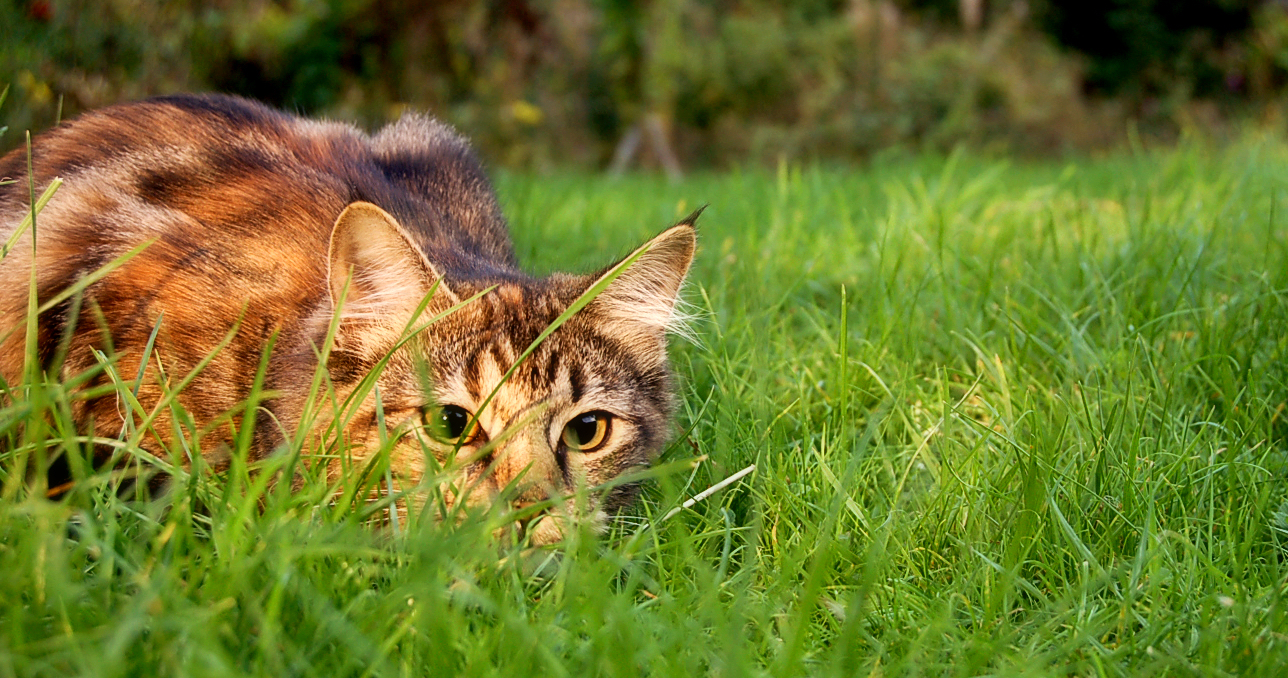
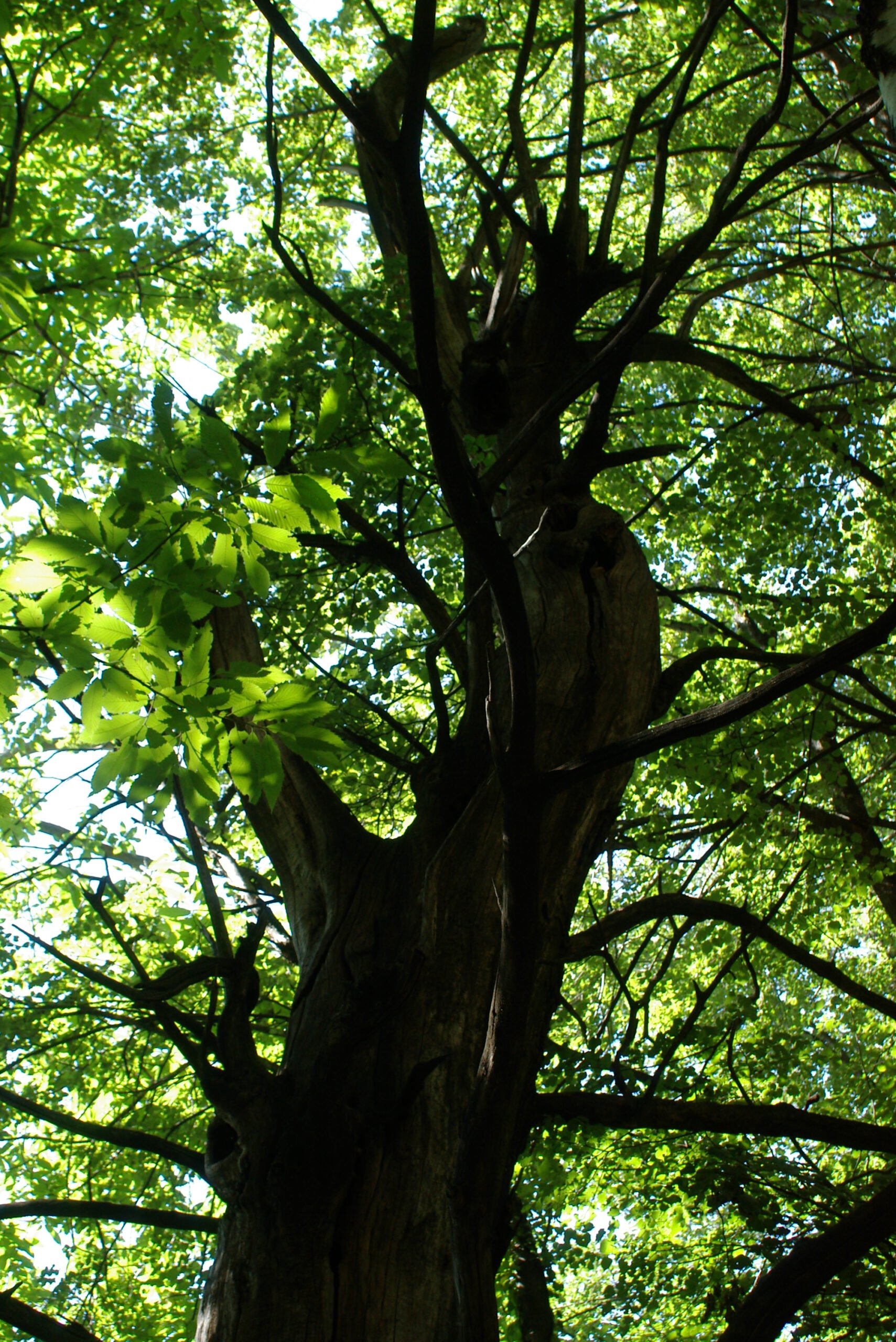
'They are unlike any other predator in Tasmania and can take tree-dwelling animals, birds, and eggs with relative ease,' says Tasmania’s Parks and Wildlife Service. 'This, together with their size and stealth, makes them well-suited to taking prey that quolls eat.'
Now, quolls have been put on Australasia’s list of highly vulnerable and most endangered species. Fortunately, several conservation efforts (including safe breeding programs) have powered forward to help make life better for quolls.
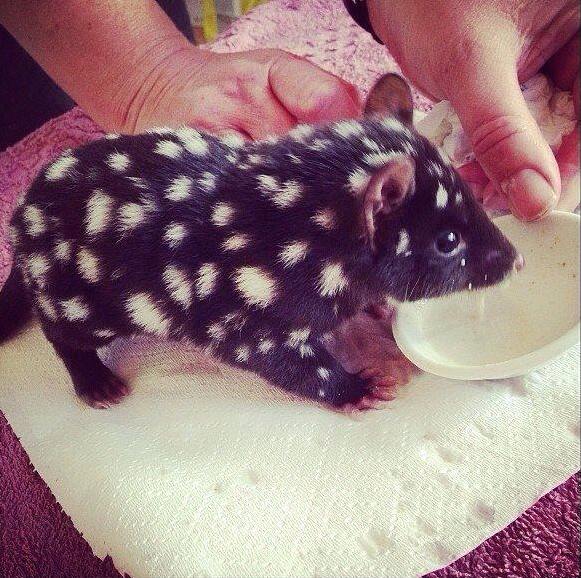
If you're interested in helping to protect the quolls, be sure to visit the Australian Quoll Conservancy by clicking here.
Please SHARE if you think these beautiful creatures need our protection!




